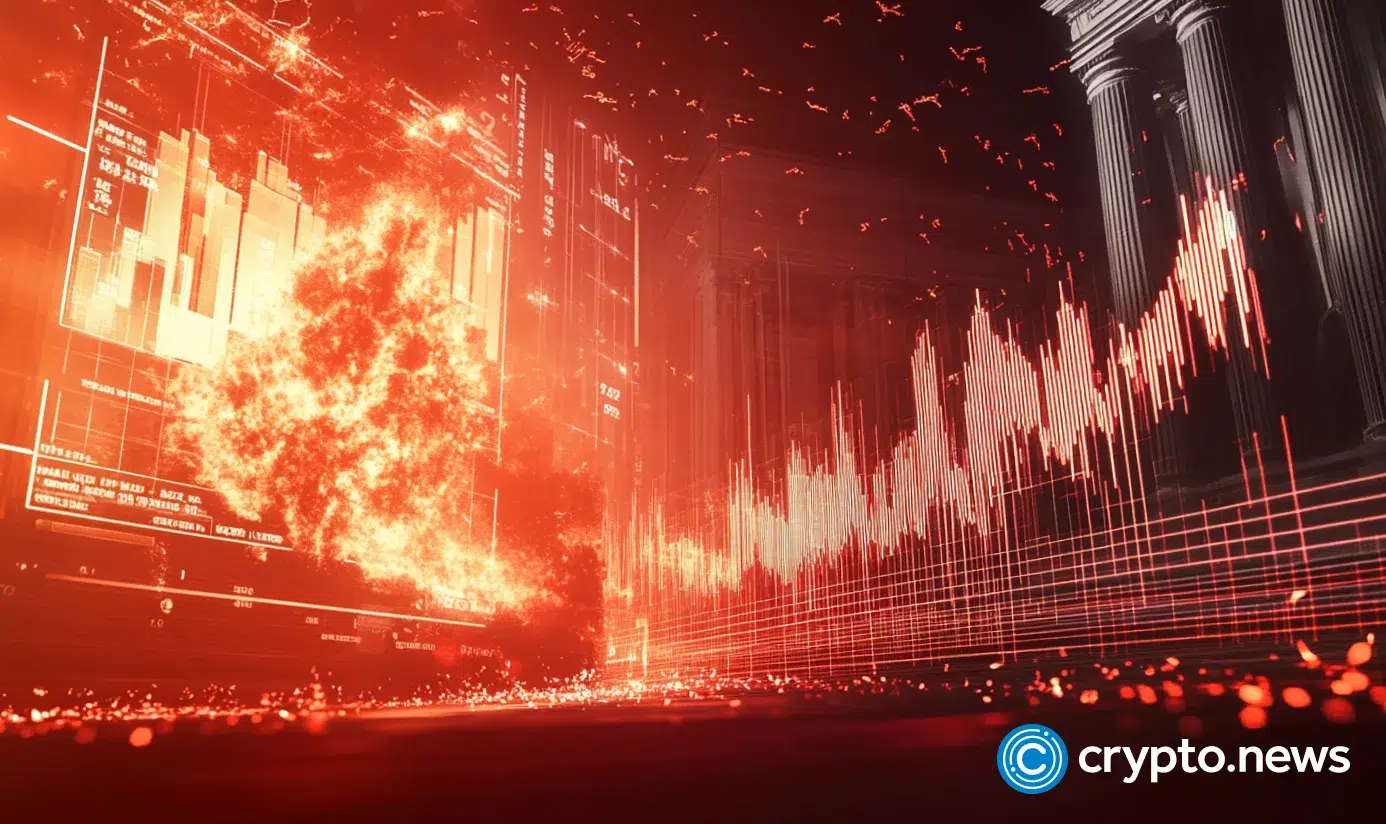The industrial sector is undergoing its most significant transformation in decades. Supply chains are becoming increasingly digitized by AI, machine learning, predictive analytics, and automation. These technologies promise speed, precision, and cost savings. Yet, for all the investment pouring into digital tools, one critical enabler is lagging behind: human capability.
That disconnect between innovation and execution has become more than a growing pain — it’s now a strategic risk. As asset-intensive enterprises look to optimize inventories, reduce tail spend, and modernize procurement, their success increasingly depends on their people as much as their platforms.
Team working on MRO inventory optimization with ai software tools
istock photo
Recently, I spoke with Jon Neff, Founder and CEO of SKL’D, who’s on the front lines of workforce solutions and development in industrial settings. SKL’D works to identify and build solutions that combine emerging talent pipelines with digital infrastructure within the industrial supply chain, helping companies stay on time, on budget, and ahead of the competition. This approach has positioned SKL’D as a staffing leader in manufacturing – placing people in positions across the industry, including both traditional and advanced manufacturing roles.
Together, we explored how to bridge this widening gap between technology and talent, and what leaders must do now to ensure their digital transformations don’t outpace their human readiness.
The Talent-Technology Gap, A Growing Concern. The Problem: Digital Acceleration Without Human Readiness.
Over the last five years, industrial companies have rapidly accelerated investment in digital transformation. From AI-based inventory optimization tools to predictive maintenance platforms, the focus has been on adopting technologies that promise to modernize operations and accelerate ROI.
However, most companies now face the same hard truth: they lack the internal talent required to implement, interpret, and scale these tools.
According to McKinsey’s 2023 Global Manufacturing Pulse, while over 90 percent of industrial companies cite digital as “critical” to their future competitiveness, fewer than 30 percent say their workforce is prepared to support these efforts. Deloitte’s 2024 Industry 4.0 Readiness Study echoes the concern, showing that skills gaps, especially in data analytics, AI operations, and cross-functional supply chain fluency, are the top cited barrier to transformation.
This skills shortage is particularly acute in areas like MRO inventory optimization, predictive stocking, and AI-based procurement, domains that require a unique blend of operational know-how, data interpretation, and change management.
The Cost of the Gap.
The consequences of the talent-tech gap are both operational and financial:
- Underutilized systems: Tools are purchased and deployed but sit idle or only partially used.
- Inconsistent application: Different sites or business units apply tools differently, reducing scalability.
- Slowed transformation: Projects stall as organizations struggle to staff critical roles.
- Declining ROI: The return on technology investments drops significantly when adoption is low or failed.
I’ve seen this firsthand. One global manufacturer, for example, deployed advanced analytics software to manage spare parts stocking. But due to a lack of trained staff, the models were never calibrated correctly and savings projections failed to materialize.
Across the industry, similar stories emerge: platforms designed to cut inventory costs go underused, dashboards fail to influence decision-making, and predictive systems are ignored because users lack trust in their outputs. The net result is a costly digital stall.
Technology as an Enabler, Not a Replacement. The False Choice: People or Platforms.
There’s a misconception that digital transformation means fewer people. But that’s not what the most successful organizations are doing. They’re empowering people with better tools, not replacing them.
As Rick McDonald, now retired but former Chief Supply Chain Officer at The Clorox Company, put it succinctly:
“Technology is only as good as the people it empowers.”
That couldn’t be more true in industrial supply chains, where frontline knowledge, context, and experience remain irreplaceable. Neff sees this with both the traditional and advanced manufacturing roles SKL’D fills for its clients. AI can identify reorder points, but only experienced inventory planners understand how seasonal demand or supplier volatility affects actual stocking decisions. Predictive models can suggest vendor shifts, but seasoned sourcing professionals weigh in with geopolitical risk and performance history. The human element provides the context that algorithms alone can’t replicate.
“The solution lies in an integrated approach to workforce and technological development,” Neff said. “Human capital and digital infrastructure in the industrial supply chain must evolve in parallel. This convergence is essential for modern industrial competitiveness.”
Human-AI Collaboration in Practice.
Successful digital transformation in industrial settings hinges on coevolution: technology that improves through human input, and people who learn faster with better data.
At Verusen, we’ve seen how transformation accelerates when humans and AI work hand in hand. One global process manufacturer used our MRO supply chain intelligence platform to reduce excess inventory, but results only took off once their maintenance and category teams provided input on asset criticality, redundancy planning, and supplier lead times. The human layer added nuance to the data, creating a smarter feedback loop.
This collaborative model shows that when people and platforms work together, the potential of AI is amplified rather than diminished. Frontline adoption becomes easier, and the technology becomes more accurate and context-aware.
A New Workforce Strategy for the Digital Era. A Parallel Evolution: Talent + Tools.
The next frontier isn’t just technology adoption, but workforce transformation in parallel. This means moving beyond outdated training models and building a flexible, dynamic learning ecosystem inside enterprises.
As Neff shared during our conversation, “We can’t expect people to thrive with 20th-century training in 21st-century systems.”
Key elements of a modern workforce strategy:
- Cross-functional integration: Create teams that unite procurement, operations, analytics, and IT.
- Hands-on learning: Allow teams to apply new tools to solve real supply chain challenges.
- Stackable certifications: Modular microcredentials that align with real operational outcomes.
This is where partnerships with organizations like SKL’D matter. Their boots-on-the-ground training programs are designed with operational leaders, not just academic curricula.
Scaling Talent with Data-Driven Learning
Enterprises must use data to manage internal skill development.
This includes:
- Digital readiness assessments at the plant and team level
- Capability dashboards to track adoption and skill acquisition
- Feedback loops between workforce performance and system outcomes
When talent development becomes data-driven, it stops being an HR exercise and becomes a performance lever.
Success depends on collaboration between employers, training providers, and solution partners. Programs that align talent pipelines with evolving operational needs already demonstrate measurable impact. But more is required, and Neff has positioned SKL’D uniquely in the market to facilitate cross-sector coordination, flexible training models, and a shared commitment to preparing workers for the demands of a data-driven supply chain.
The C-Suite’s Role in Bridging the Gap
Talent Strategy Belongs in the Boardroom
For most companies, workforce development has traditionally been considered a function of HR. Workforce development can no longer be treated as a back-office initiative. It’s now a strategic pillar of competitiveness.
Industrial leaders must:
- Appoint executive owners for workforce transformation (e.g., Chief Digital and Talent Officer)
- Build balanced KPIs that track both system performance and human capability development
- Align budget priorities to include both software and skill development
- Engage in ecosystem collaboration with training providers, industry bodies, and technology vendors
It’s important for companies to build resilient teams that can scale, pivot, or grow in step with increased demand. Neff specifically noted:
- Flexible workforce models that scale with production or seasonal needs
- Pre-vetted talent pipelines to reduce time-to-hire and improve placement success
- Labor market insights to anticipate hiring trends before gaps emerge
- Training and upskilling to help workers grow into new roles as needs evolve
From Talent-as-a-Service to Shared Learning Networks
Emerging models such as Talent-as-a-Service (TaaS), where companies lease high-skill teams for specific transformation projects, are also becoming more attractive, especially for mid-market firms with limited internal capacity.
Similarly, shared learning networks, where companies pool training resources and develop sector-wide standards, offer scalable solutions. These can be formal (through trade associations) or informal (via partnerships with vendors and peer companies).
Technology Alone Isn’t the Transformation
The leaders of the next industrial era will not just be the ones who deploy AI, they will be the ones who balance the use of technology with the critical role played by highly trained workers.
Without a strong talent foundation, even the most sophisticated technology will fail. But for those who align their workforce and digital strategy, the returns are transformative: faster execution, smarter decisions, and lasting resilience.
At Verusen, we’ve seen this first-hand. From tail spend management to inventory optimization, the message is clear:
Technology is only as powerful as the people it empowers.
Sources / References
Note: Listed for attribution and Forbes-style credibility, not linked in-line.
- McKinsey & Company. “The State of AI in Manufacturing,” Global Manufacturing Pulse Survey, 2023.
- Deloitte Insights. “Digital Transformation in Industry 4.0,” 2024 Study on Industrial Workforce Readiness.
- Rick McDonald, quoted in Verusen Supply Chain Leaders Roundtable, 2023.
- Verusen. “Use Case | CPG Manufacturer Unlocked $59M in Optimization Opportunities”, 2024.
- SKL’D Training Consortium. “Developing Industrial Talent Pipelines for the Digital Era,” 2024.
Source: https://www.forbes.com/sites/paulnoble/2025/10/21/bridging-the-industrial-talent-and-technology-gap-why-ai-in-supply-chains-is-stalling-and-its-not-the-technology/


